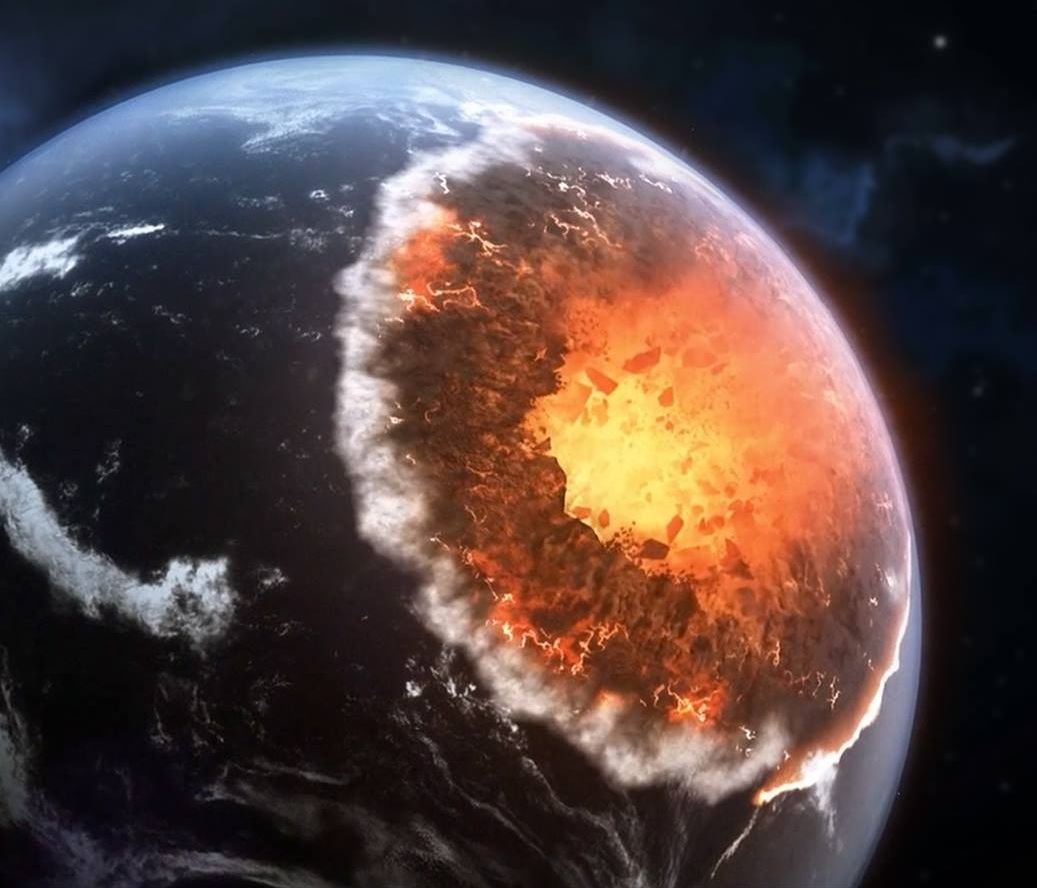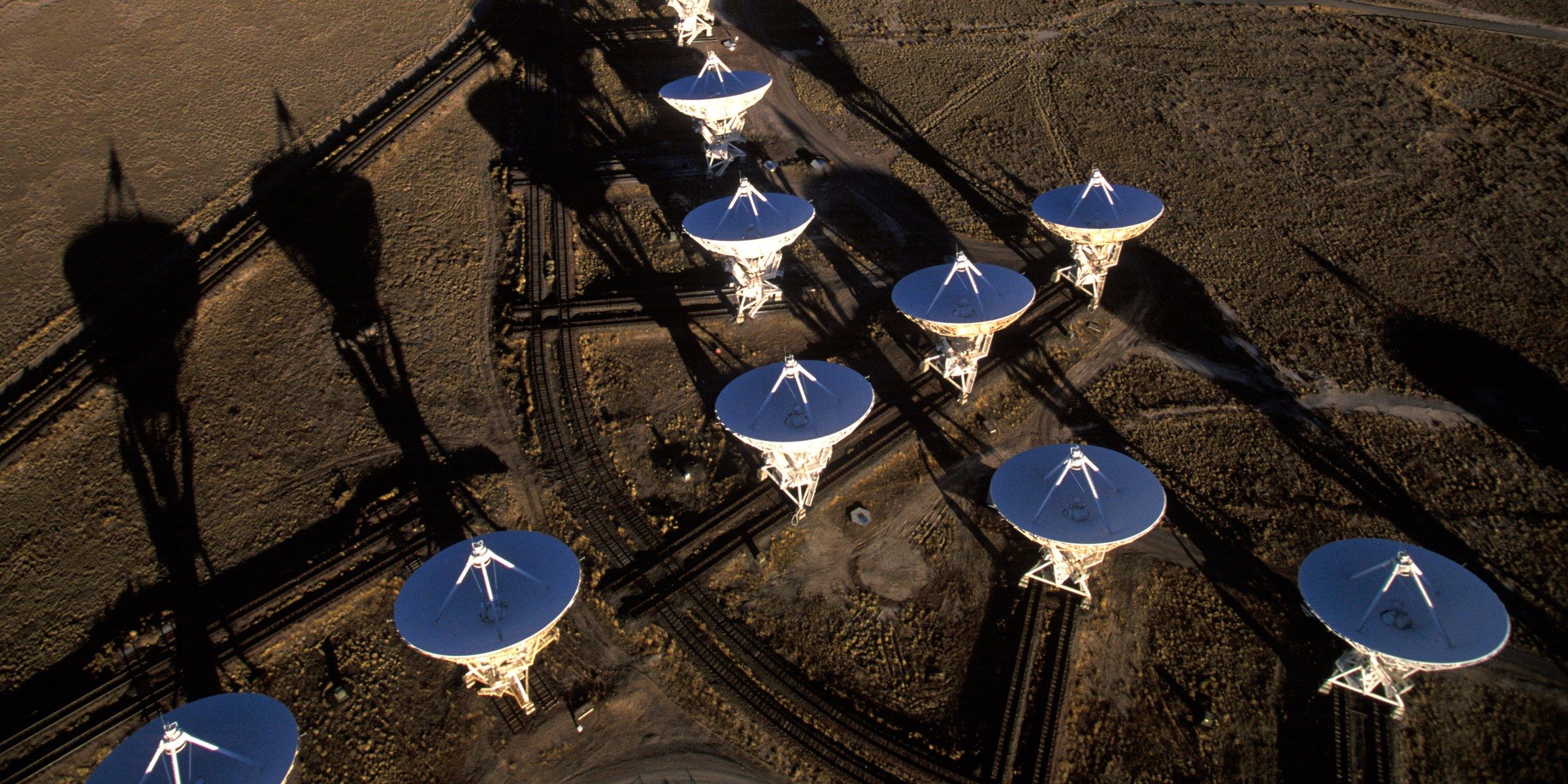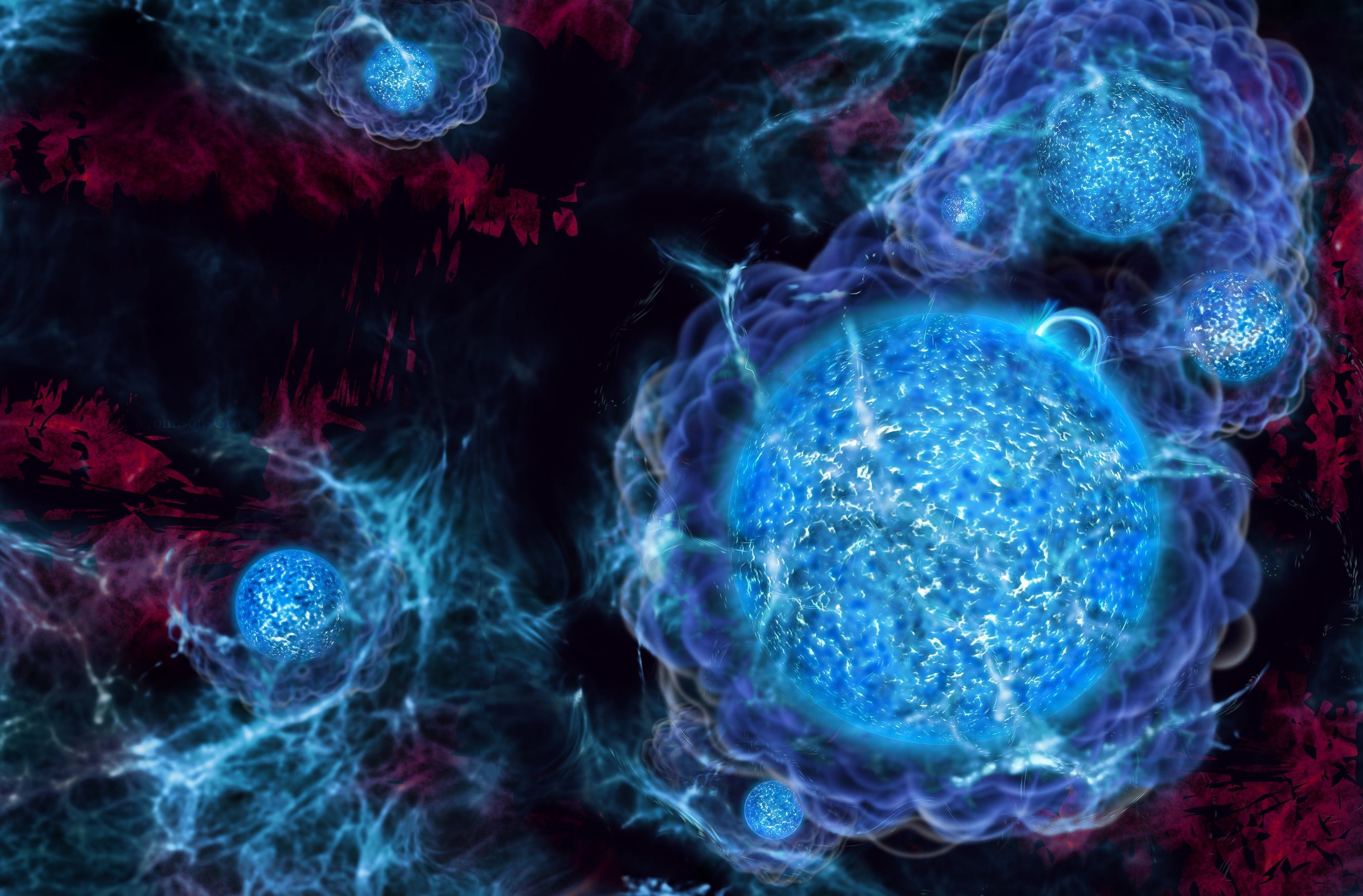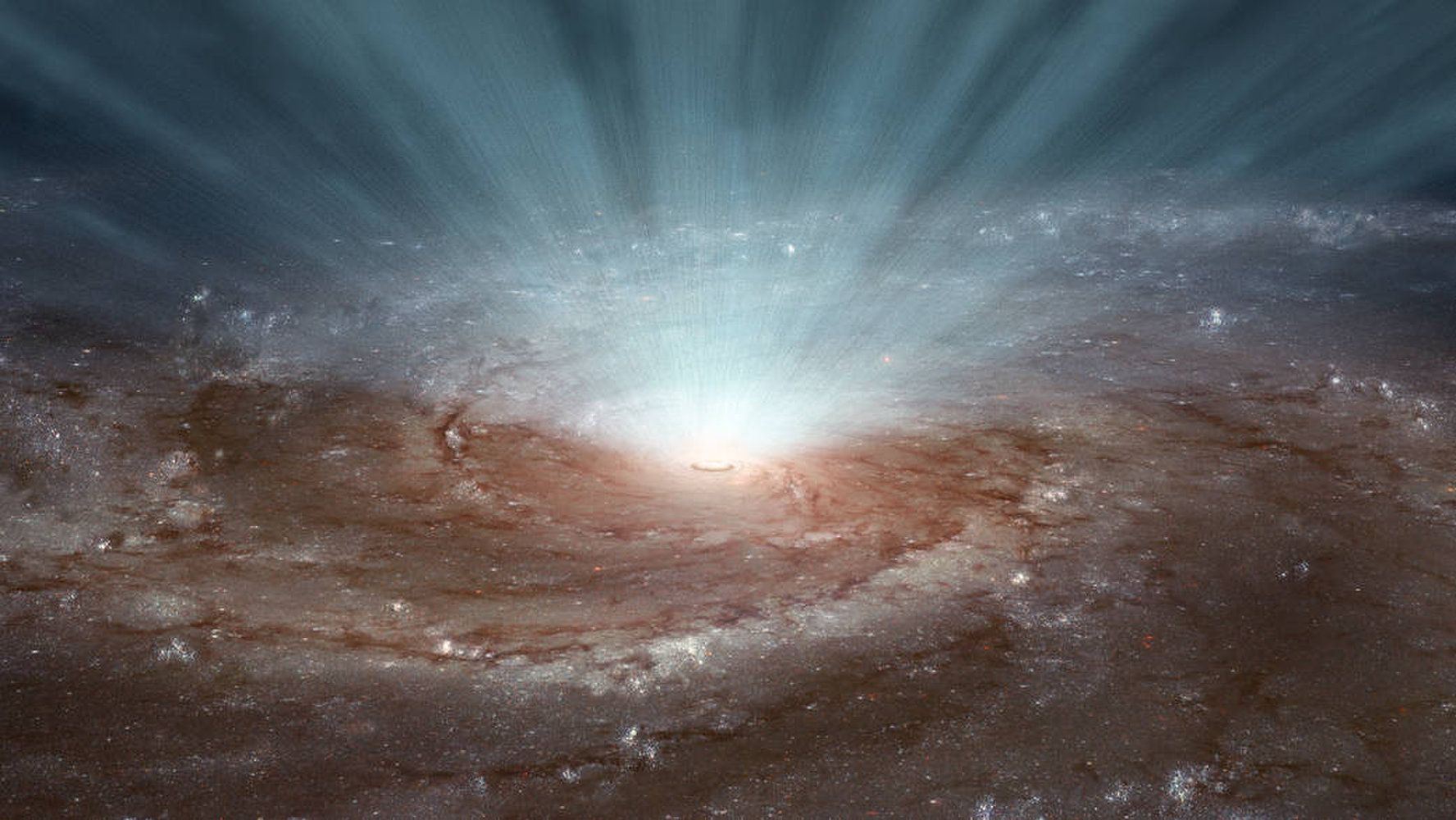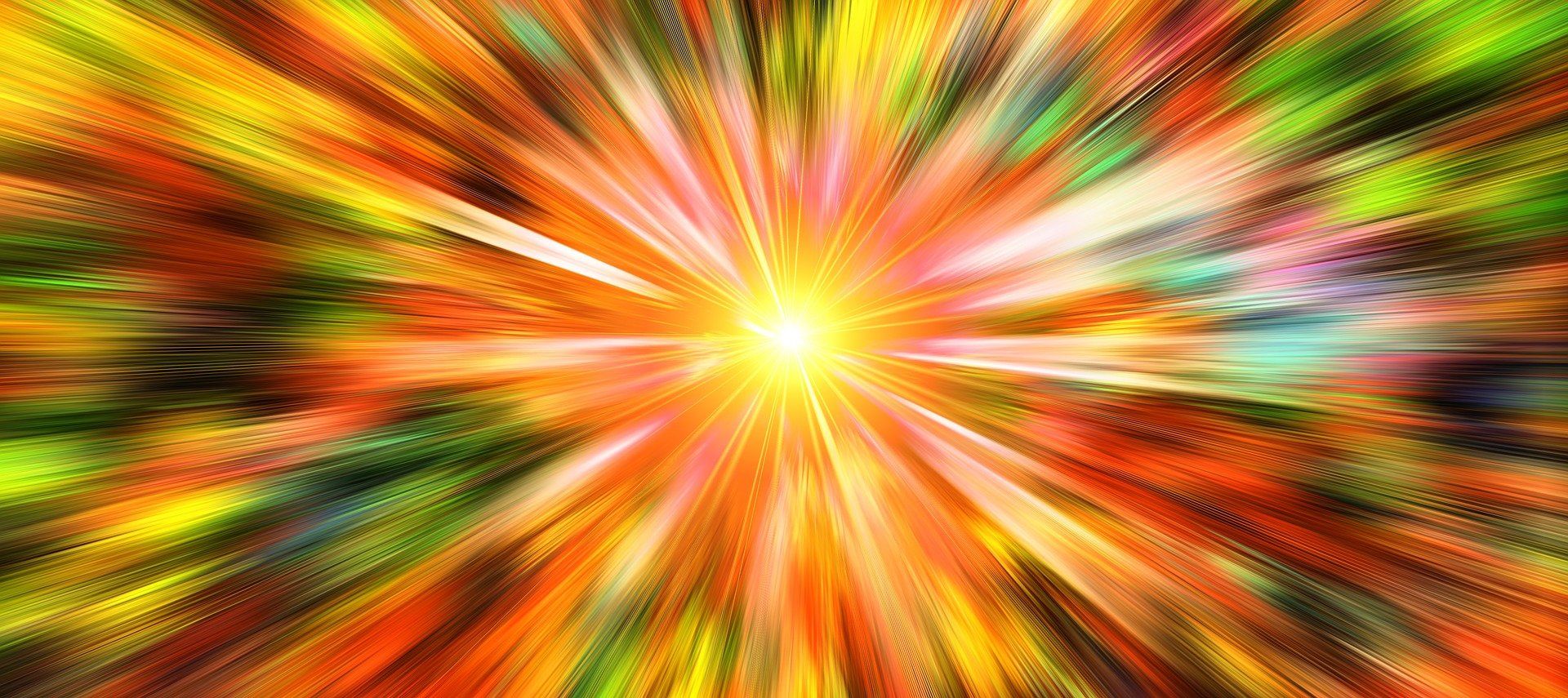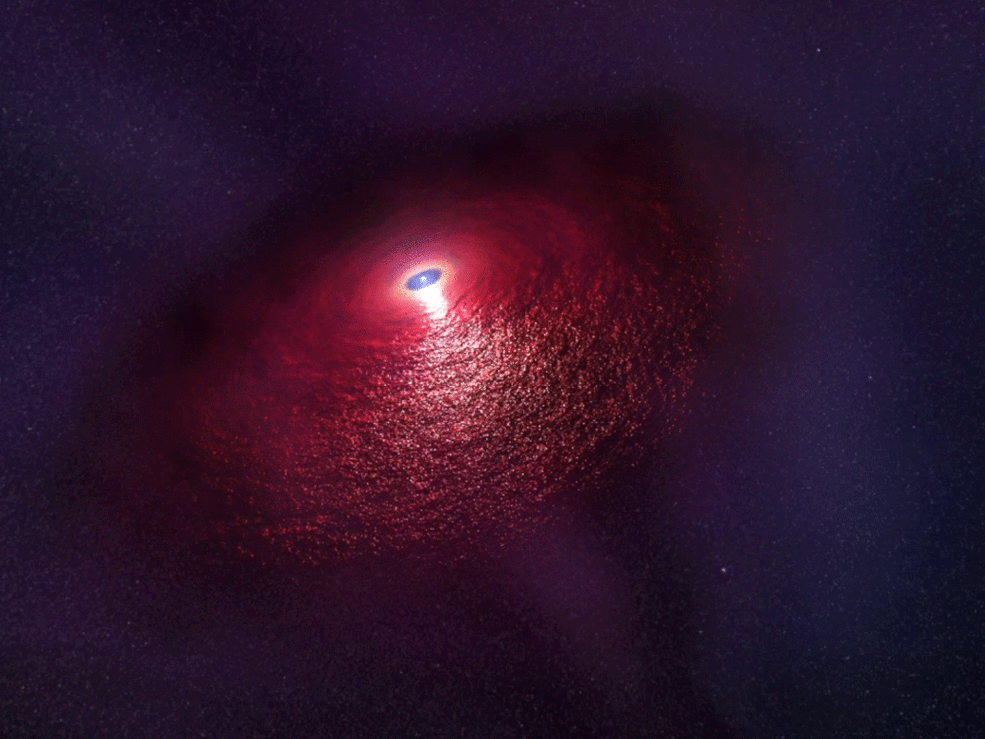Archive for the ‘cosmology’ category: Page 363
Oct 3, 2018
America’s Clergy Are Teaming Up With Scientists
Posted by Genevieve Klien in categories: cosmology, neuroscience
Scientists and religious leaders joined forces to create programs on neuroscience, cosmology—and even some evolutionary science.
With help from dark matter annihilation, some of the universe’s earliest stars were able to grow much larger than they would otherwise.
Sep 30, 2018
Scientists Pinpoint Where Dark Matter Is Hiding in the Universe
Posted by Genevieve Klien in category: cosmology
A new map of dark matter all over the universe could reveal things scientists don’t know about dark energy.
Sep 27, 2018
Primeval Black Holes Could Reveal How the Universe Formed
Posted by Genevieve Klien in category: cosmology
Primordial black holes that formed early in the universe’s history could shed light on how exactly the universe formed.
Sep 26, 2018
Hyper Suprime-Cam survey maps dark matter in the universe
Posted by Genevieve Klien in category: cosmology
Today, an international group of researchers, including Carnegie Mellon University’s Rachel Mandelbaum, released the deepest wide field map of the three-dimensional distribution of matter in the universe ever made and increased the precision of constraints for dark energy with the Hyper Suprime-Cam survey (HSC).
Sep 25, 2018
Matter is Going Into this Black Hole at 30% the Speed of Light
Posted by Genevieve Klien in category: cosmology
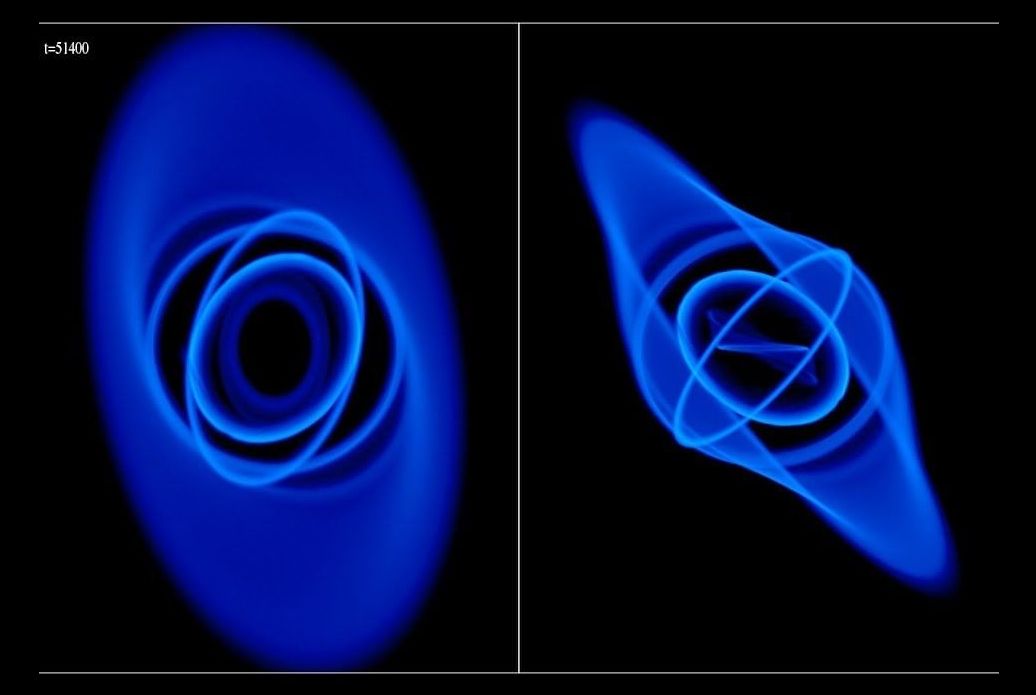
How did early black holes grow so quickly? A new study sheds some light on that by observing matter entering a black hole at 30% of the speed of light.
Sep 21, 2018
New observations to understand the phase transition in quantum chromodynamics
Posted by Genevieve Klien in categories: cosmology, particle physics, quantum physics
The building blocks of matter in our universe were formed in the first 10 microseconds of its existence, according to the currently accepted scientific picture. After the Big Bang about 13.7 billion years ago, matter consisted mainly of quarks and gluons, two types of elementary particles whose interactions are governed by quantum chromodynamics (QCD), the theory of strong interaction. In the early universe, these particles moved nearly freely in a quark-gluon plasma. Then, in a phase transition, they combined and formed hadrons, among them the building blocks of atomic nuclei, protons and neutrons.
In the current issue of Nature, an international team of scientists has presented an analysis of a series of experiments at major particle accelerators that sheds light on the nature of this transition. The scientists determined with precision the transition temperature and obtained new insights into the mechanism of cooling and freeze-out of the quark-gluon plasma into the current constituents of matter such as protons, neutrons and atomic nuclei. The team of researchers consists of scientists from the GSI Helmholtzzentrum für Schwerionenforschung in Darmstadt, and from the universities of Heidelberg and Münster (Germany), and Wroclaw (Poland).
A central result: The record-breaking high-energy experiments with the ALICE detector at the Large Hadron Collider (LHC) at the research center CERN produced matter in which particles and antiparticles coexisted in equal amounts, similar to the conditions in the early universe. The team has confirmed via analysis of the experimental data theoretical predictions that the phase transition between quark-gluon plasma and hadronic matter takes place at the temperature of 156 MeV, 120,000 times higher than that in the interior of the sun.
Continue reading “New observations to understand the phase transition in quantum chromodynamics” »
Sep 19, 2018
Weird Infrared Signal Emanates Across Space, But What Created It?
Posted by Genevieve Klien in category: cosmology
Space is filled with bizarre signals that we scramble to put meaning to — and now, researchers have detected yet another mysterious signal. This one emanated from near a neutron star, and for the first time, it’s infrared.
So, what’s nearby that could have created the weird signal? Scientists have a few ideas.
When a star reaches the end of its life, it typically undergoes a supernova explosion— the star collapses, and if it has enough mass, it will form a black hole. But if the star isn’t massive enough, it will form a neutron star. [Supernova Photos: Great Images of Star Explosions].
Sep 18, 2018
Incredible strength of ‘nuclear pasta’ revealed in new simulations
Posted by Genevieve Klien in categories: cosmology, physics
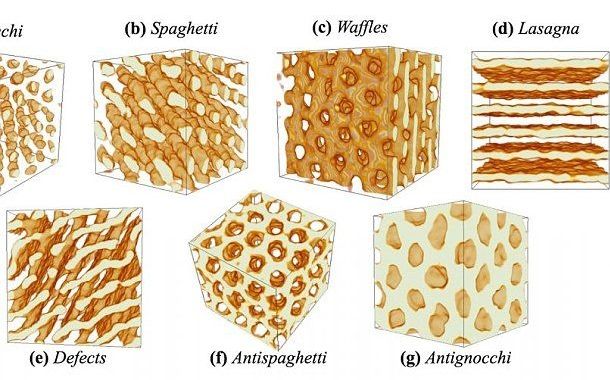
Researchers from Indiana University and the California Institute of Technology say the new simulations could help us better understand major astrophysical phenomena, such as gravitational waves.
‘The strength of the neutron star crust, especially the bottom of the crust, is relevant to a large number of astrophysics problems, but isn’t well understood,’ says Matthew Caplan, a postdoctoral research fellow at McGill University.
Continue reading “Incredible strength of ‘nuclear pasta’ revealed in new simulations” »
